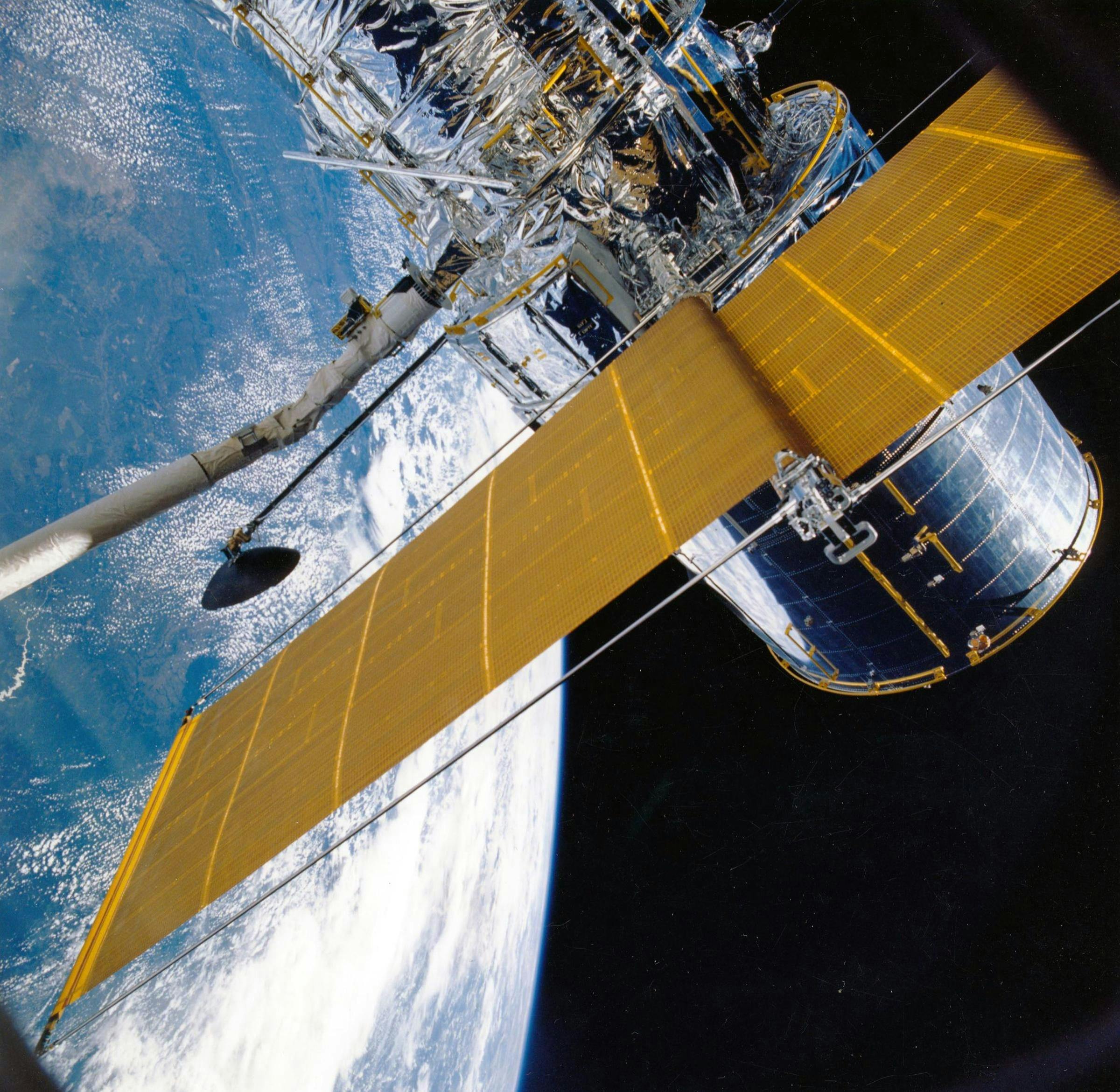Unveiling the Magic of Moon Tourism: A Glimpse into the Future of Space Travel
With space agencies and private companies racing to colonize the cosmos, the concept of moon tourism is no longer a far-fetched idea but an imminent reality. This article delves into the past, present, and future of moon tourism, offering a unique and up-to-date perspective on one of the most exciting developments in the travel and transportation industry.

The Dawn of Moon Tourism
Moon tourism, or lunar tourism, is the act of traveling to the moon for recreational purposes. The concept, which was once the stuff of science fiction, has undergone significant progression over the last few decades. The first manned moon landing in 1969 by NASA’s Apollo 11 mission sparked worldwide curiosity and interest in space travel. In the subsequent years, technological advancements and ambitious space explorations by various countries have paved the way for the possibility of moon tourism.
The Current State of Moon Tourism
Today, several companies, including SpaceX, Blue Origin, and Virgin Galactic, are making significant strides in commercial space travel. While moon tourism isn’t a reality yet, these companies are offering suborbital spaceflights, giving passengers a glimpse of what future lunar tourism might look like. Currently, these trips are available only to a select few due to their exorbitant costs. However, experts predict that as technology advances and competition increases, prices will eventually decrease, making moon tourism accessible to more people.
Pros and Cons of Moon Tourism
Moon tourism presents several exciting prospects, such as providing a unique travel experience and contributing to scientific knowledge. However, it also presents several challenges, including high costs, safety concerns, and potential environmental impact. Despite these challenges, the prospect of visiting the moon is an exciting one for many, and the potential benefits could outweigh the risks.
The Future of Moon Tourism
As we move toward the future, moon tourism could become a reality within a few decades. Companies are already planning lunar missions, and NASA’s Artemis program aims to land humans on the moon by 2024. With advancements in technology and increased interest in space exploration, the moon could soon become the next frontier in tourism.
A Few Facts and Tips about Moon Tourism
- As of now, only 24 people have been to the moon, all of whom were astronauts participating in NASA’s Apollo missions.
- The current cost of a ticket to space is around $200,000 to $250,000, but this is expected to decrease over time.
- Training for a trip to space can take several months and includes physical and mental preparation.
In conclusion, moon tourism offers an exciting and unique opportunity for adventure and exploration. While there are many challenges to overcome, the potential rewards are immense. As technology advances and space travel becomes more accessible, moon tourism could soon become a reality, opening up a whole new world of possibilities for travelers.




